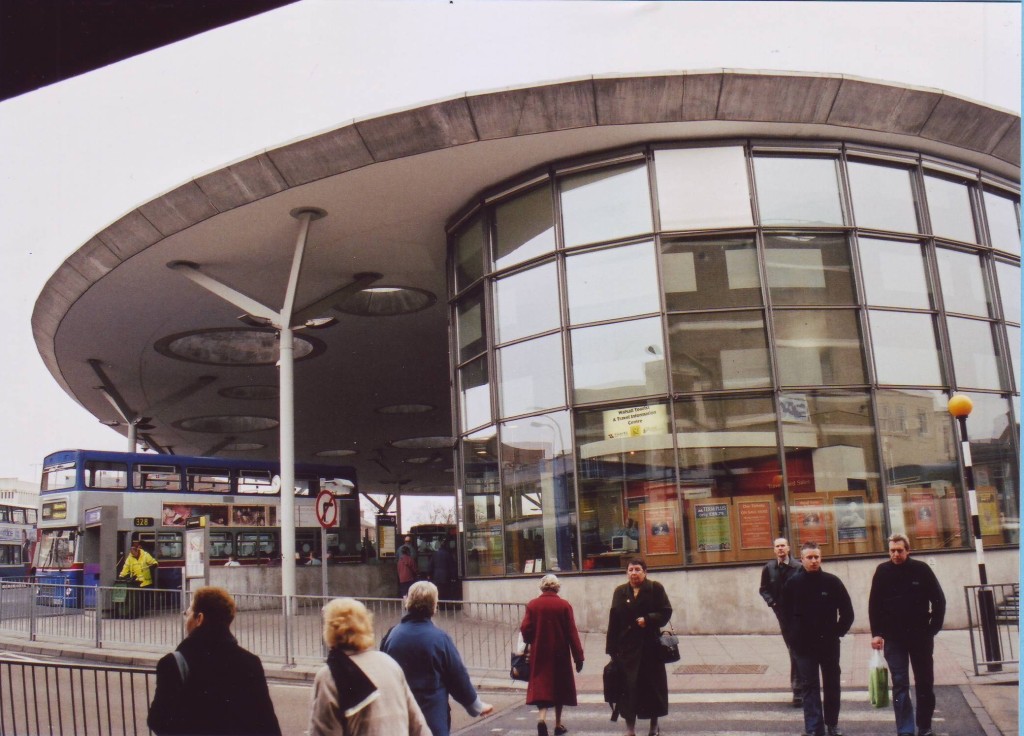Alan Clawley wants to know why there isn’t a bus station nearby.
As a pensioner with the benefit of a Travel Pass I use local buses all over the country to get to and from country walks and I often wonder why Birmingham doesn’t have a central bus station like other cities. I’ve seen, used and admired splendid bus stations in Newcastle-upon-Tyne, Worcester, Walsall (see front page photo), Hanley, Peterborough, Preston, Redditch and Swindon.
I’ve waited in comfort, bays were well-marked, electronic indicator boards were clear and reliable, friendly staff were on hand, refreshments were provided, and shopping malls an escalator ride away. Some bus stations served long-distance coaches as well, but Newcastle has kept them a long way away from the city centre.
London doesn’t have a single giant bus station, which suggests that there is a limit to the number of buses a bus station can handle. But a city the size of Birmingham could have a bus station for each sector of the city with a shuttle bus service connecting them together. The Wholesale Market would be a good location for one bus station if it is ever moved to Witton. Birmingham’s Central Library was designed with a bus station underneath but it was never used after responsibility for running the buses was taken away from the Corporation. There‘s still time to revive it.
Since then the nearest Birmingham came to having a bus station was the Moor Street Boulevard Interchange that could hardly be described as a bus station at all, more a set of bus stops on a confusing road layout that was so dangerous to pedestrians trying to cross between Moor Street Station and Carrs Lane that it had to be abandoned and redesigned.
Some bus stations are well-placed outside the railway station as at Cradley Heath (see photo above) so travellers can change easily from one mode of transport to the other, an arrangement known as Integrated Transport. Bringing the Metro tram to the front door of New Street Station isn’t really a good example of integrated transport as the tram and the train are pretty well the same ‘mode’ of transport. The Metro even runs on a disused railway line out of Snow Hill Station to Wolverhampton.
Birmingham’s bus users have to put up with constantly moving bus stops and lack of undercover waiting areas. The multi-coloured bus route map is completely indecipherable on a black background and there is never anyone around to ask. Each bus stop in London, on the other hand, has an easy-to-read diagram showing the routes that connect to that particular bus stop. A speaker on the bus tells you which stop is coming next so you know when to get off without asking the driver.
I can’t avoid concluding that Birmingham City Council doesn’t want to spend money even on one bus station. Perhaps this is because Birmingham has never had a rapid transit system like those in London, Newcastle or Glasgow so the bus operators behave as if they have a monopoly on public transport and can treat their passengers with disdain. They show no inclination to make their lives easier and more comfortable by building bus stations.
The new bus station in the city centre of Hanley indicates to me that the council saw big capital investment in a bus station as a way of regenerating the depressed local economy. Birmingham chose to spend money on a new library for the same reason. The one council chose to serve practical needs, the other aspired to some higher purpose, but then why should they choose one or the other when they ought to find the money for both. John Madin had the foresight to bring both functions together when planning Birmingham’s Central Library in the 1960s so it can be done.
